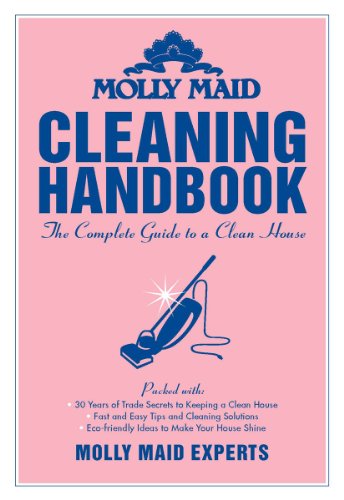
Ever look at your dishwasher door and wonder what the second smaller plastic reservoir beside the one designated for soap is for? You’re not alone! This little mystery has stumped many who, day in and day out, use their dishwasher religiously. Most just leave it empty assuming it’s a manufacturer’s mistake. There is no problem with using your dishwasher this way, dishes are still washed and will come out clean. But for those who are curious and want to know more, read on and let the cleaning service experts at MOLLY MAID explain how knowing what it does can actually be a really helpful cleaning aid!
The short answer is that it is reserved for a little-known product called: rinse aid. Rinse aid is an added substance that reduces the surface tension of water. Surface tension is the “skin” effect on a droplet that makes it ball up rather than spread out on a surface. Sounds useful, but why should we use it? Well, when products such as rinse aid are used in the dish rinsing process, they prevent these water droplets from forming, which speeds up the drying process, giving us spotless, clear and shiny dishes!
So, it appears a rinse aid is actually a drying aid, which could be the cause for some of the confusion. After noise, the biggest complaint Consumer Reports gets about dishwashers is that dishes aren’t dry when the cycle is over. Dishwashers dry various items in a variety of ways. Some use electric coils, others raise the temperature of the water at the end of the cycle using the residual heat to dry dishes, while others use a fan. But regardless of how your dishwasher dries, all manufacturers recommend a rinse aid for optimal drying.
Now, while rinse aids may seem essential to manufacturers, there are some consumers concerned with the potentially harmful chemicals found in some brands. Look for plant-based products and avoid those containing sodium tripolyphosphate, methylchloroisothiazolinone, antiredeposition agent, troclosene sodium dihydrate and oxybenzone.
PRO TIP: For those opting for a greener rinse aid option, choose vinegar. Tried, tested and true, vinegar makes a great green and cost-effective alternative. Some people put vinegar in the rinse aid compartment itself, but this may compromise the integrity of the compartment’s gaskets, as vinegar is an acid. To be on the safe side, put the vinegar in a dishwasher safe bowl on the top rack of your dishwasher and watch watermarks disappear.
Maintaining and keeping your kitchen appliances is just as important as cleaning your kitchen counters and space. Allow the cleaning service experts at MOLLY MAID handle your kitchen and home so you have one less thing to worry about. Contact us today to get started and or more information.
Photo by NatashaG

